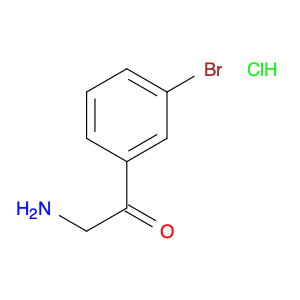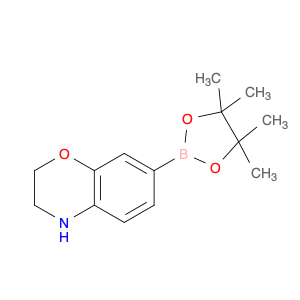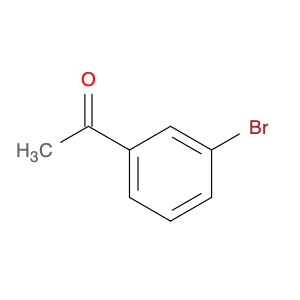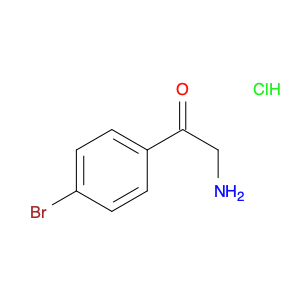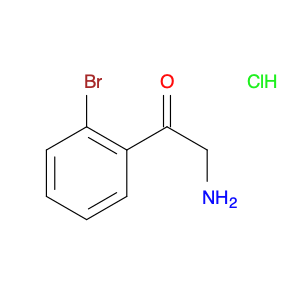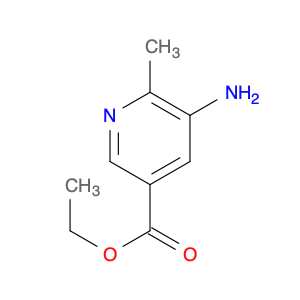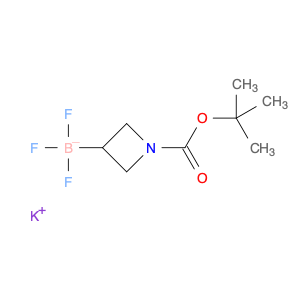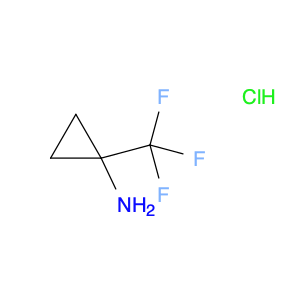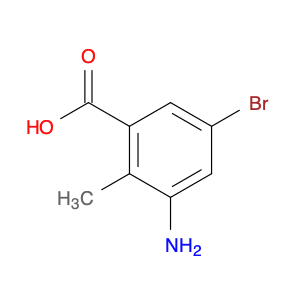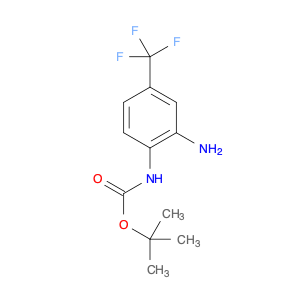2-Amino-3’-bromoacetophenone Hydrochloride is a versatile chemical compound widely used in organic synthesis as a key intermediate. Its strategic incorporation in chemical reactions allows for the synthesis of various complex molecules with tailored properties and functionalities. Specifically, this compound serves as a crucial building block in the development of pharmaceuticals, agrochemicals, and materials science.In chemical synthesis, 2-Amino-3’-bromoacetophenone Hydrochloride exhibits unique reactivity patterns, enabling the formation of structurally diverse compounds through selective transformations. Its functional groups facilitate the introduction of amino and bromo moieties into target molecules, leading to the creation of novel chemical entities with desired biological or physical characteristics. Moreover, the presence of the acetyl group offers opportunities for further derivatization, expanding the scope of potential applications.Furthermore, the controlled manipulation of 2-Amino-3’-bromoacetophenone Hydrochloride in synthetic pathways allows chemists to access intricate molecular architectures and stereochemistries. By judiciously designing reaction sequences involving this compound, researchers can access valuable intermediates for the synthesis of bioactive compounds, ligands, and optically active materials. Its utility in chemical synthesis extends to the development of advanced materials, such as polymers, dyes, and catalysts, where its specific functionalities play a critical role in defining the material properties.Overall, the application of 2-Amino-3’-bromoacetophenone Hydrochloride in chemical synthesis embodies its significance as a versatile and indispensable tool for accessing a diverse array of functionalized molecules with tailored properties. Its strategic use in synthetic strategies underscores its pivotal role in advancing the frontiers of chemical research and innovation.
 sales@aaronchem.com
sales@aaronchem.com
